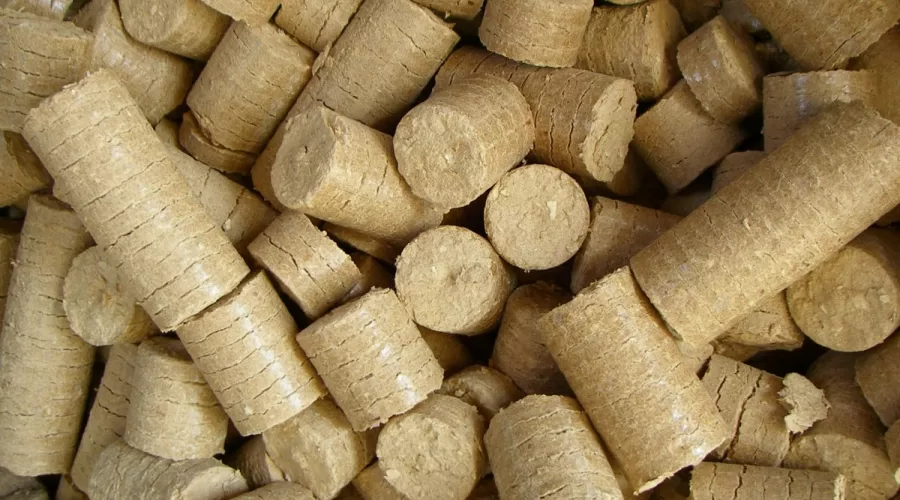To replace traditional fuels like coal and charcoal, you can use biomass briquettes. Briquettes are commonly used as a substitute for more conventional cooking fuels in regions of the world where this resource is scarce. In the industrialized world, guide for briquettes and knowing briquettes are increasingly being used to heat boilers that generate steam, which is then used to generate electricity. To generate the heat used by the boiler, the briquettes are co-fired with coal.
Densification, or “briquetting,” is the process by which biomass is made more suitable for use as a renewable energy source. By decreasing the volume while maintaining the same amount of energy output, densification is achieved.
Briquetting technique
The goal of briquetting is to reduce the material’s density, which in turn determines the material’s improved combustibility and the cost savings associated with shipping and handling. Compaction under pressure of loose material to reduce its volume and agglomeration of the material to keep the product in the compressed state are the two main components of this art.
The particle cohesion that occurs later is the result of three primary mechanisms:
Fiber junctions that create a positive particle coupling, hydrogen bonds are attractive forces between particles.
Making form-closed bonds by adhering together various components of biomass (lignin, protein, starch) or external binders. The benefits of biomass densification and processing go beyond just the energy savings.
The benefits of briquetting stem from the process’s foundational principle of raw material compression:
- Superior energy density in a small volume
- Properties that make it easy to dose
- Because there is less water in the fuel, it is less likely to deteriorate in storage (biodegrade).
- Additives can be used to alter a material’s chemical or physical properties.
- It generates less dust during handling.
- Fuel with a high degree of uniformity
The beating center of the enterprise
To keep the compressed material from regaining its original shape after being compressed, an FA binding agent is required. When compressing ligneous material, this agent can be added to the process or present in the material itself as lignin. Most types of farm waste contain lignin. We call this type of polymer heat plastic because it begins to soften and flow at temperatures exceeding 100 degrees Celsius. High pressure briquetting relies on the softening of lignin and subsequent cooling of the material while remaining under pressure. It’s a physical-chemical reaction that has to do with how hot the material gets during the briquetting process and how much lignin there is to begin with. In many machines, the temperature is directly proportional to the pressure, though in others it is added from the outside.
There are two primary categories that can be used to describe briquetting procedures. One difference is whether or not the compressed material can be agglomerated without the addition of an external binding agent. The amount of pressure used during the briquetting process can also be used as a classification system.
The following numbers could be used to make a rough distinction:
- 5 MPa or less of pressure
- Five to one hundred millibars (MPa)
- a pressure greater than 100 mbar
The lignin needed to agglomerate the briquette is typically released during high-pressure processes. Low-pressure machines always require binders, while medium-pressure machines may or may not need them depending on the raw material. Binding agents from the outside can come in the form of starch, clay, molasses, wood tar, and so on. Water or humidity will cause the breakdown of any briquette, regardless of whether it was bound together with an inherent binder (lignin) or an external hydrophilic binder (starch, molasses, gum, clay).
For more news click prenews.co.uk

